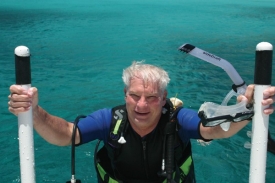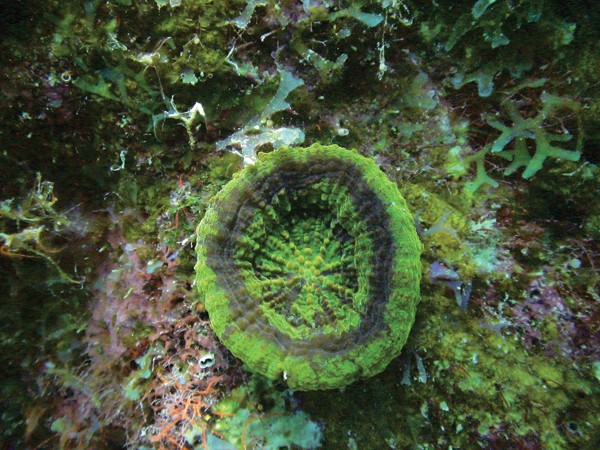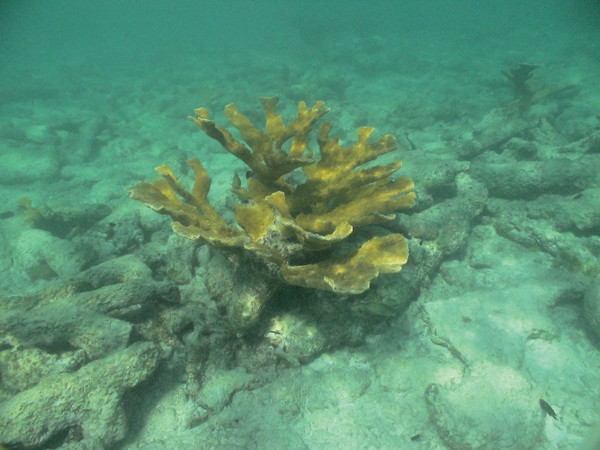After 40 years of underwater work, David Meyer still dives in
by Amanda Hughes
David Meyer spent a solid week underwater.
It was 1979, and the geology researcher wanted a better connection with coral reefs, an environment he would devote his career to understanding. That's why he lived for seven straight days in an underwater habitat in the Virgin Islands.
Decades later, there's still nothing that replaces the thrill of diving in.
"After so many years, it's just being able to connect with the ocean environment where fossils have formed, to still make that connection between the present and past. That keeps your mind focused on understanding the living animals and getting fresh ideas, and that still excites me."
Meyer came to UC in 1975. From the time he was a young boy in upstate New York, the fossils he found in his own backyard fascinated him. He says New York, much like Cincinnati, was once underwater, covered by an ancient sea. This led to the preservation of many marine animal fossils from the period, hundreds of millions of years ago. "I was infected by this bug, although I was a long, long way from the ocean."
Soon, Meyer was led to water because he wanted to learn more about how the fossilized animals lived. A geology major in college, Meyer began diving to compare living coral reefs to fossil reefs while a PhD candidate at Yale.
"Going back to my graduate studies, I worked with living organisms in the sea that are important both today and in the past," Meyer says. "I have been interested in coral reefs and the creatures that live on them for a long time."
After earning his PhD, Meyer worked for the Smithsonian Institution for four years at its tropical research station in Panama. While there, he helped set up long-term observation of coral reefs to look for environmental change and effects of human impact, which was innovative research in the 1970s. The area had experienced oil spills, commerce and a large human population due to the nearby Panama Canal.
Since then, global concern for the future of coral reefs has intensified, and Meyer's work of comparing ancient and modern coral reef creatures has taken on added significance. During decades of visiting reefs around the world, he has measured the decline in numbers and diversity of species living on the reefs due to disease and, possibly, human pollution.
In the '90s, Meyer and colleagues studied the damaging effects of hurricanes on coral reefs, which may become more frequent as water temperatures rise as a result of global warming. The reality of these changes is most apparent when witnessed firsthand, Meyer says.
"There's a lot more damage now than there was 40 years ago. Conditions are not the same. The water isn't as clear. I hate to say it, but when I take students who are first-time divers to see the reefs today and they're thrilled by how beautiful everything looks, I just have to say, 'Well, it was even more beautiful once.'"
In his courses at UC, Meyer shares his research with students and stresses how many aspects of modern society affect reefs, including the aquarium trade, seafood indulgences and tourism.

 Issue Archive
Issue Archive



